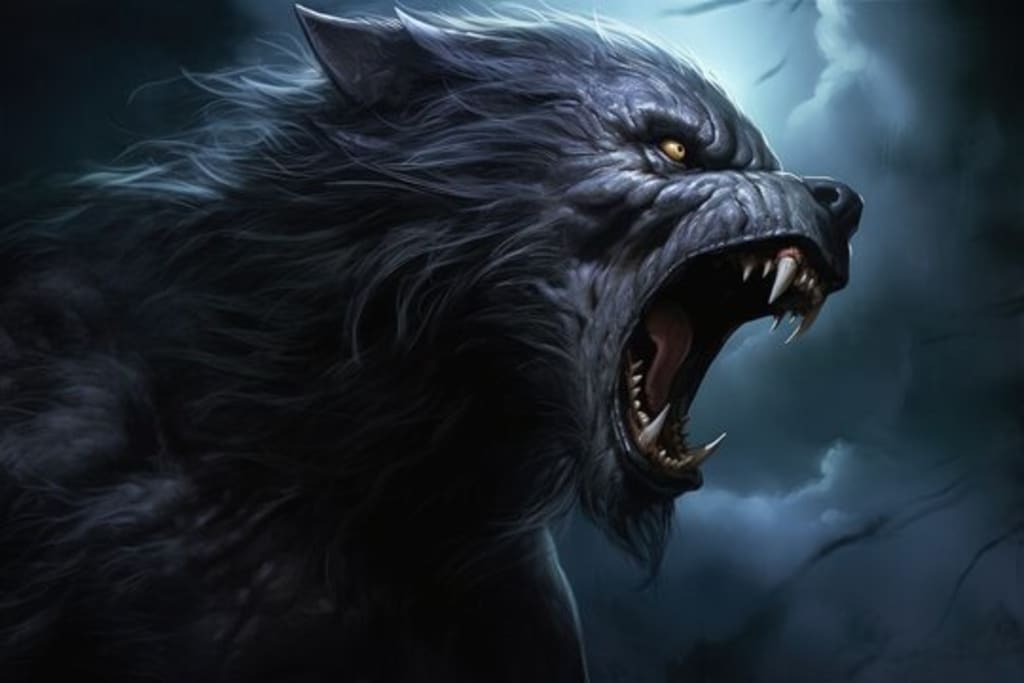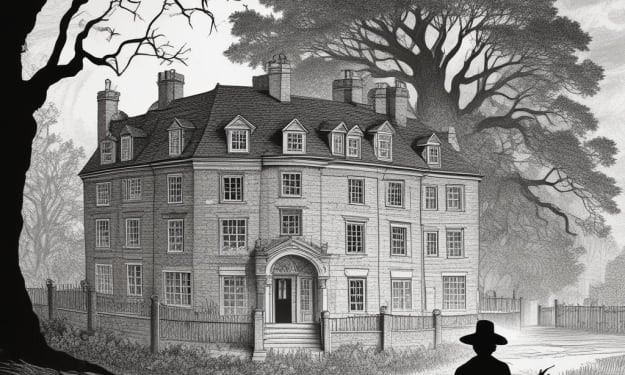
Across cultures and epochs, tales have been spun about the origins of humanity, weaving narratives of heroes, monsters, love, loss, and the cycles of life and death. Mythology, in its essence, served as the ancient world's tool to demystify the inexplicable. Imagine, if you will, the sun's descent at day's end, yielding to the night with the ascent of a full moon, casting the earth in a silvery glow. In that stillness, a haunting cry pierces the night, signifying a soul in tumultuous transformation.
Bones crack and reform, coarse fur envelops flesh, and razor-sharp claws sprout forth. Teeth sharpen to points, and a once familiar visage contorts into a monstrous countenance. Once this nightmarish metamorphosis concludes, a howl erupts, chilling to the bone—a testament to the birth of the werewolf.
A staple of horror and dark fantasy lore, the werewolf is a formidable entity, endowed with imposing stature, boundless strength, and unfathomable speed. Its stamina knows no bounds, and its senses are honed to lethal precision. With claws and fangs that rend through flesh with ease, it craves the taste of both man and beast, resistant to most physical assaults. A silver bullet stands as its only mortal bane, offering deliverance from its vicious grasp.
There exist myriad avenues to acquire this cursed mantle; a sorcerer's curse, an enchanted pelt, a mystic potion, or even a sip from a wolf's paw-printed water. Yet, most common of all, is the bite that transforms the afflicted, binding them to a ceaseless existence, impervious to time and ailment, but driven to acts of ruthless brutality.
In the annals of mythology, werewolves emerge as some of the most enduring and fearsome creatures. But what are the origins of these legends? Since antiquity, stories of human-to-animal transformation have permeated global folklore. From Europe and Asia to Africa and the Americas, these tales reflect a shared fascination with the union of human and animal attributes.
Wolves, reigning as apex predators in the Northern Hemisphere, commanded both respect and trepidation for their natural might. Their cultural association with gluttony, avarice, malevolence, and brutality added to their mystique. To assume the form of such a potent and feared creature was perceived as a departure from civilization, a plunge into primeval chaos marked by unbridled cruelty and amorality.
The earliest documented tale of human-to-wolf metamorphosis hails from Mesopotamian lore, where a spurned lover's curse forever binds her ex-paramour to lupine form. In Greek mythology, the wicked King Lycaon's transgressions lead to his transformation, along with his kin, into wolves by the enraged Zeus. This account bequeaths the term 'lycanthropy,' denoting the supernatural power or psychological conviction of becoming a wolf-like monster.
The narratives persist through history; from Herodotus' account of the Neurians' shapeshifting, to Petronius' Roman soldier witnessing his comrade's lunar-induced transformation. Norse sagas chronicle Sigmund and Sinviotli's ten-day wolfish rampage, illustrating the gruesome potential of such transformations. Even cautionary tales like "Little Red Riding Hood" hint at the sinister side of wolfish guise.
From Blackfoot legends to Cajun folklore, stories of the Ruguru weave through diverse cultures, perpetuating the enduring terror of the werewolf. Despite their fictional nature in contemporary context, in bygone eras, these accounts were held as frighteningly real. Superstitions surrounding werewolves fueled mass hysteria during the Middle Ages, culminating in trials and executions.
The werewolf's enduring legacy owes much to Hollywood, particularly the 1941 film "The Wolfman," which solidified the notion of lunar-induced transformations. The concept of infection by bite, a cinematic construct, supplanted earlier beliefs. The lethal potential of silver weapons, including bullets, became ingrained in werewolf lore, as did the haunting poem synonymous with the creature.
In the cinematic evolution of werewolves, films like "An American Werewolf in London" explored the psychological torment of lycanthropy, while "The Howling" delved into its primal, savage aspect. Works like "Van Helsing" and the "Underworld" series positioned werewolves against vampire adversaries.
In recent years, werewolves have enjoyed a resurgence in fiction, spanning literature, cinema, and comics. Their popularity stems from their unique duality; they are monsters for only a fraction of their existence, reverting to human form at all other times. Unlike ghosts or vampires, the werewolf transforms into something more bestial, adding an extra layer of terror.
From ancient myths to medieval superstitions, to the silver screen, the werewolf has etched itself into the annals of terror. The haunting image of a person contorting into a ravenous wolf, prowling in the moonlit shadows, resonates deep within the human psyche. Werewolf stories, once believed as gospel, now persist as compelling tales of fear and fascination.
About the Creator
Enjoyed the story? Support the Creator.
Subscribe for free to receive all their stories in your feed. You could also pledge your support or give them a one-off tip, letting them know you appreciate their work.





Comments
There are no comments for this story
Be the first to respond and start the conversation.